2016 Sibert Medal Winner, Pura Belpré Honor, and Orbis Pictus Honor: Funny Bones
Funny Bones: Posada and His Day of the Dead Calaveras
2016 Sibert Medal Winner
2016 Pura Belpré Honor
2016 Orbis Pictus Honor
Written and illustrated by Duncan Tonatiuh
Published by Abrams Books, 2015
ISBN #978-1-4197-1647-8
Grades K and up
Book Review
Skeletons are not often the go-to symbol for celebration, but Pura Belpré award-winning author-illustrator Duncan Tonatiuh challenges that assumption in a playful and thought-provoking manner. In his picturebook, Funny Bones: Posada and His Day of the Dead Calaveras, Tonatiuh chronicles the life of Mexican artist José Guadalupe Posada and the creation of his famous, festive drawings of calaveras (Spanish for “skull”). Posada’s calaveras, ubiquitous and synonymous with Mexico’s Día de Muertos (“Day of the Dead”) celebration, “are not scary—in fact, they look as if they’re having fun” (p. 2). And indeed, by garbing them in fancy clothes, positioning them atop bicycles, having them play guitars, and showing them in love and at work, Posada was perhaps having fun himself. Inspired by both the political and the mundane, the silly and the serious, Posada drew hundreds of calaveras over his lifetime to the widespread enjoyment of the late 19th and early 20th century Mexican populace, but not the government. With clear, informative text, Tonatiuh describes key moments in Posada’s life and career as an illustrator, printer, political cartoonist, and designer. Tonatiuh also masterfully integrates Posada’s striking artwork into his own signature hand-drawn, then digitally collaged illustrations so that the visual storytelling in this book is rendered seamless. An author’s note provides more detail about Posada, his calaveras, and el Día de Muertos. As another adept picturebook biography of a noteworthy figure in Mexican culture, Funny Bones will endlessly amuse and challenge readers to rethink what Posada’s calaveras convey: “Was Don Lupe saying that no matter how fancy your clothes are on the outside, on the inside we are all the same? That we are all Calaveras?”
Teaching Ideas and Invitations
Grades K and up
- Forms of Printmaking. Posada employed various techniques to print this art, from lithography to engraving to etching. Use the pages in Funny Bones in which Tonatiuh explains and depicts the procedure involved in some of these printmaking techniques. Have students study the steps and images carefully and identify the materials involved. Gather the materials needed for each type of printmaking, as appropriate for students’ age and grade level, and have students explore and experiment with them. You might have small groups work on different types of materials within the same class and compare and constrast the outcomes. After displaying and sharing the prints they make, have them write and illustrate their own procedural piece (sometimes called a “how-to piece”) for an artistic activity about which they feel they are an expert.
- Calaveras Gallery. Project and share various images of Posada’s calaveras for students. Before sharing their accompanying captions, have students imagine the kinds of observations and questions about the world that might have inspired Posada to create particular calaveras. Have students create their own calaveras, emphasizing the humorous, satirical, philosophical, and/or political commentary (depending on students’ age and grade level) that grounded Posada’s work. Older students could focus specifically on creating calaveras that are political cartoons. You might have students begin this project by writing down observations, questions, or thoughts they have about the social world around them. Use Tonatiuh’s captions (e.g., “Was he saying XXX or XXX?”) as mentor texts to help students articulate what they want their calaveras and captions to depict. Create a classroom or virtual gallery for them to display their original calaveras artwork.
- Picture Book Biographies of Artists: A Genre Study. Gather together a collection of picture book biographies of artists (the listing below from The Classroom Bookshelf will get you started). Read the books with your students and closely examine the choices that the biographers have made about text and illustration. Which aspects of their subjects’ lives have the chosen to highlight? Do they focus more on the childhood or adult life of the artist? How are the artists’ mentors, inspirations, commitments, and styles presented? When examining the illustrations, discuss how the art of the picture book biography enhances the readers’ understandings of the artists’ lives and work. You might find it particularly interesting to note how the artists’ works are depicted in the book. Are they reproductions of the actual works or are they illustrators’ representations? This teaching idea originally appeared in our entry on The Noisy Paint Box: The Colors and Sounds of Kandinsky’s Abstract Art.
Grades 3 and up
- Visual Literacy and Interpreting Calaveras. Many of Posada’s drawings of calaveras are clear in their meaning, while others offer layers of possibility for interpretation. Project images of Posada’s calaveras for students to observe and discuss. Explore the historical context for Posada’s work and compare his art to other famous works of his time period. Review artistic, such as color, line, light and shadow, and texture with students to support their visual literacy skills. With that information, engage students in close reading and analyses of different calaveras.
- Día de los Muertos. Like the calaveras that Posada drew, the Día de los Muertos holiday is a festive, rather than frightening, one. In fact, cultures and countries around the world celebrate similar occasions to honor those who have passed before us. Have students study and explore various aspects of the holiday: its origins, the diverse ways it is celebrated, other holidays across the world that are similar, the origins of the holiday, other famous artists who depict it in their work. With the help of students’ families and local communities, plan a Día de los Muertos celebration in which all students at your school can participate.
- Political Cartoons. Many of Posada’s calaveras were political cartoons that criticized governments and power structures in Mexico. Share a wide array of political cartoons with students, making sure to gather a variety of artistic styles but also uniting them around a common theme or political issue. Provide students with the appropriate background knowledge they need to understand the cartoons, as well as the artistic principles (e.g., color, line, texture, light and shadow, etc.) they need to analyze their effectiveness. Have students create their own political cartoons around a specific issue, making sure they can explain their final products in terms of the background knowledge and artistic principles you’ve discussed. See the websites below in Further Explorations for some galleries of political cartoons, as well as a lesson plan on using them.
- Mexican Artists and Artwork. Mexico’s art culture is as rich and varied as any other country’s. Engage students in an inquiry into some of Mexico’s notable artists, such as Diego Rivera, Frida Kahlo, José Clemente Orozco, Carlos Mérida, Rufino Tamayo, Carlos Almaraz, as well as a deeper study of Posada. In small groups, have students research information about a particular artist’s life and work. Have them also gather a collection of the artist’s work, using online museum resources, such as those listed below. Like Posada, how did these artists draw inspiration from the social, political, and artistic world around them? Encourage students to create their own artwork, inspired by the artist they studied. Create a classroom or virtual gallery for them to display their knowledge of Mexican art and to showcase their original artwork.
- Author/Illustrator Study. Gather a collection of Duncan Tonatiuh’s work and biographical information, including interviews and videos. Read through his books as a class, noting similarities and differences across the books’ formats and styles. Take a close look at his writing techniques, noting his word choices and use of figurative language. Ask your students to identify patterns in setting, theme, character, and plot across the books. Examine Duncan Tonatiuh’s storytelling techniques, as well as the topics and perspectives he writes about in his books. Based on students’ inquiries, observations, and analyses, compile a list of lessons about writing gained from this study and invite your students to try out some of the writing techniques you have discussed in their own writing. Have them do the same with Tonatiuh’s illustrations. What styles, media, and techniques does he employ? What themes or symbols do they see across his illustrations? See the titles listed below, as well as previous Classroom Bookshelf entries on Tonatiuh’s books: Separate is Never Equal and Diego Rivera: His World and Ours.
- Nonfiction Book Awards. Funny Bones has garnered two prestigious awards for excellence in a nonfiction children’s book: the Sibert Medal from the American Library Association, and the Orbus Pictus Honor Award from the National Council of Teachers of English. Compare and contrast the criteria for the Sibert Medal and the Orbus Pictus Award, and determine how this book meets those criteria. Invite students to study books that won honorable mention and other books that won in past years. Then, have your students apply those criteria to a vast swath of nonfiction books for children and young adults to build their skills for evaluating literature.
Further Explorations
Online Resources
Duncan Tonatiuh’s website
http://www.duncantonatiuh.com
Robert F. Sibert Informational Book Medal – American Library Association
http://www.ala.org/alsc/awardsgrants/bookmedia/sibertmedal
Pura Belpré Award – American Library Association
http://www.ala.org/alsc/awardsgrants/bookmedia/belpremedal
Orbis Pictus Award – National Council of Teachers of English
http://www.ncte.org/awards/orbispictus
Musuem and News Articles about José Guadalupe Posada
http://www.hrc.utexas.edu/enews/2009/october/insider.html
http://www.mfah.org/exhibitions/past/calaveras-mexicanas-art-and-influence-jose-guadalu/
http://mati.eas.asu.edu/chicanarte/html_pages/PosadaIssOutl.html
http://www.sfgate.com/mexico/mexicomix/article/La-Catrina-Mexico-s-grande-dame-of-death-2318009.php
http://theculturetrip.com/north-america/mexico/articles/illustrator-of-death-the-macabre-art-of-jos-guadalupe-posada/
Online Museum Collections of Posada’s Art
http://www.moma.org/collection/artists/4707
http://www.artic.edu/aic/collections/artwork/artist/Posada,+Jose+Guadalupe
“The Calaveras of José Guadalupe Posada” – The Public Domain Review
http://publicdomainreview.org/collections/the-calaveras-of-jose-guadalupe-posada/
“Art Through Time: A Global View – La Calavera de la Catrina” – Annenberg Learner
https://www.learner.org/courses/globalart/work/124/index.html
Posada Educator Guide – National Museum of Mexican Art
http://www.nationalmuseumofmexicanart.org/sites/default/files/Posada%20Educator%20Guide_1.docx
Articles about Duncan Tonatiuh
http://www.nbcnews.com/news/latino/duncan-tonatiuh-wants-latino-children-see-themselves-books-n136901
http://www.hbook.com/2015/10/authors-illustrators/five-questions-for-duncan-tonatiuh/
Online Collections of Political Cartoons
https://www.loc.gov/exhibits/herblock/
http://digitalhistory.hsp.org/hint/politics-graphic-detail/essay/first-150-years-american-political-cartoon
Lesson Plan on Analyzing and Drawing Political Cartoons – NY Times
http://learning.blogs.nytimes.com/2015/09/17/drawing-for-change-analyzing-and-making-political-cartoons/?_r=0
Books
Barner, B. (2010). The day of the dead/El día de los muertos: A bilingual celebration. Trans. by T. Malawer. Holiday House.
Bracegirdle, P. J. (2012). The dead family Diaz. Ill. by P. Bernatene. New York: Dial.
Bryant, J. (2013). A splash of red: The life and art of Horace Pippin. Ill. by M. Sweet. New York: Knopf.
http://classroombookshelf.blogspot.com/2013/10/a-splash-of-red-life-and-art-of-horace.html[MA6]
Burleigh, R. (2014). Edward Hopper paints his world. Ill. by W. Minor. New York: Henry Holt. http://classroombookshelf.blogspot.com/2015/01/edward-hopper-paints-his-world.html
Morales, Y. (2014). Viva Frida. New York: Roaring Brook Press.
http://classroombookshelf.blogspot.com/2012/05/georgia-in-hawaii.html
ADVERTISEMENT
ADVERTISEMENT
Parker, M.B. (2012). Colorful dreamer: The story of artist Henri Matisse. Ill. by H. Berry. New York: Dial Books.
http://classroombookshelf.blogspot.com/2013/05/picture-book-biographies-of-artists.html
Rosenstock, B. (2014). The noisy paint box: The colors and sounds of Kandinsky’s abstract art. Ill. by M. Grandpre. New York: Knopf.
Tonatiuh, D. (2010). Dear primo: A letter to my cousin. New York: Abrams.
Tonatiuh, D. (2011). Diego Rivera: His world and ours. New York: Abrams.
http://classroombookshelf.blogspot.com/2012/03/2012-pura-belpre-award-for-illustration.html
San Vicenter, L. (2002). The festival of bones: The little-bitty book for the Day of the Dead = El festival de las Calaveras. Cinco Punto Press.
Winter, J. (2004). Calavera abecedario: A Day of the Dead alphabet book. New York: Voyager Books/Harcourt.
Filed under: Awards
About Grace Enriquez
Grace is an associate professor of language and literacy at Lesley University. A former English Language Arts teacher, reading specialist, and literacy consultant, she teaches and writes about children’s literature, critical literacies, and literacies and embodiment. Grace is co-author of The Reading Turn-Around and co-editor of Literacies, Learning, and the Body.
ADVERTISEMENT
ADVERTISEMENT
SLJ Blog Network
Further Predictions! Everything That ISN’T Newbery/Caldecott 2025
Hilda and Twig | This Week’s Comics
Wednesday Roundup: Pointing at Poetry
The Seven Bills That Will Safeguard the Future of School Librarianship
Shakespeare, but Make it Queer!: Retelling a Classic Play and My Love/Hate Relationship with William Shakespeare, a guest post by Emma K. Ohland
Gayle Forman Visits The Yarn!
ADVERTISEMENT




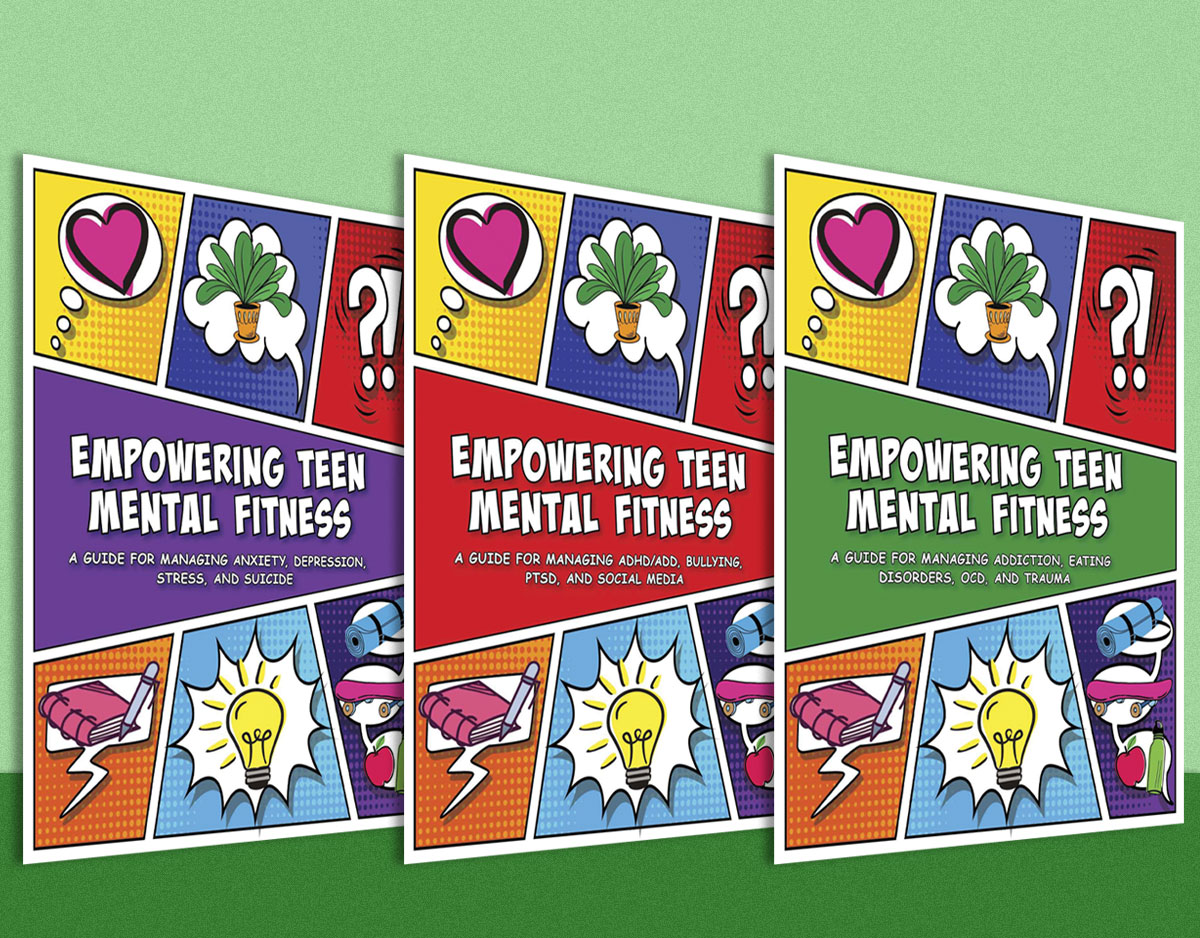
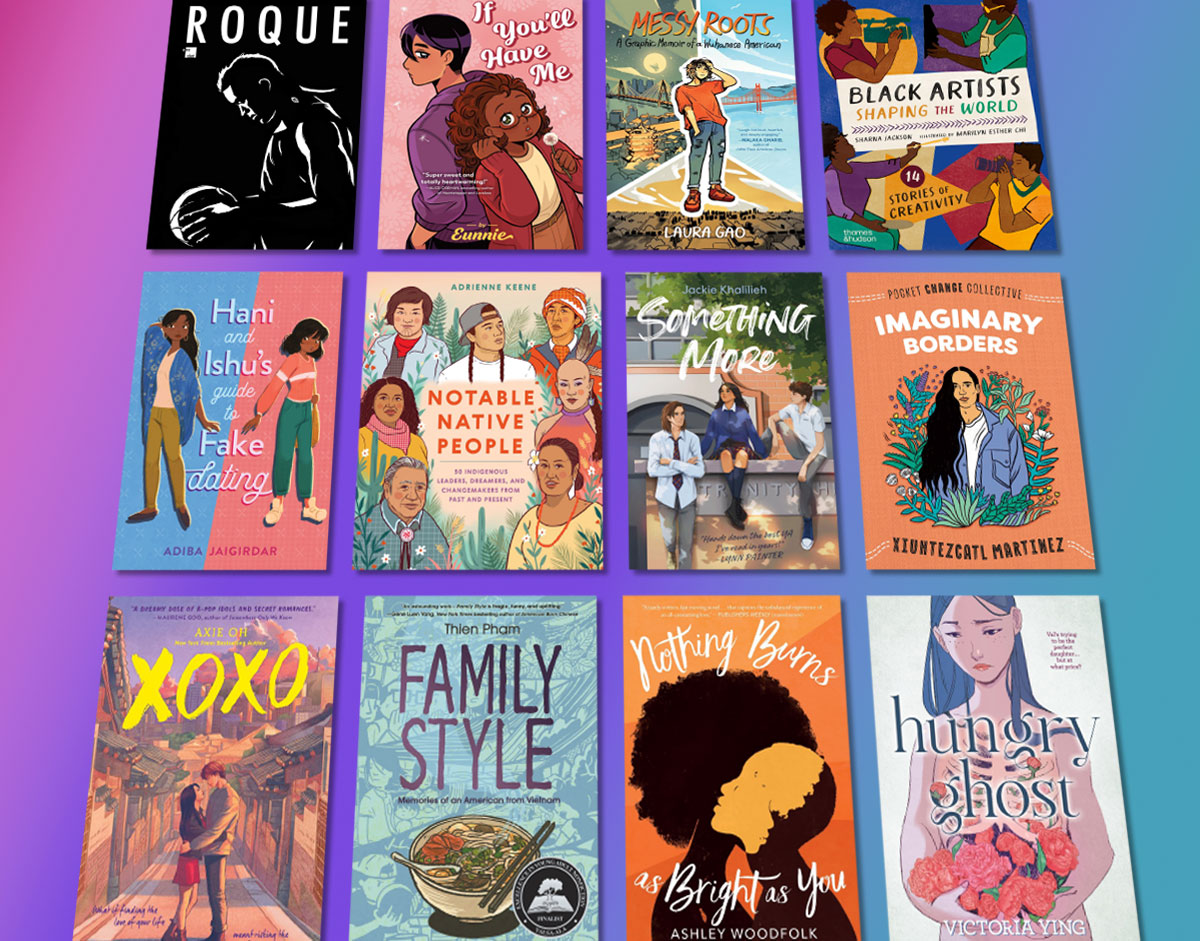
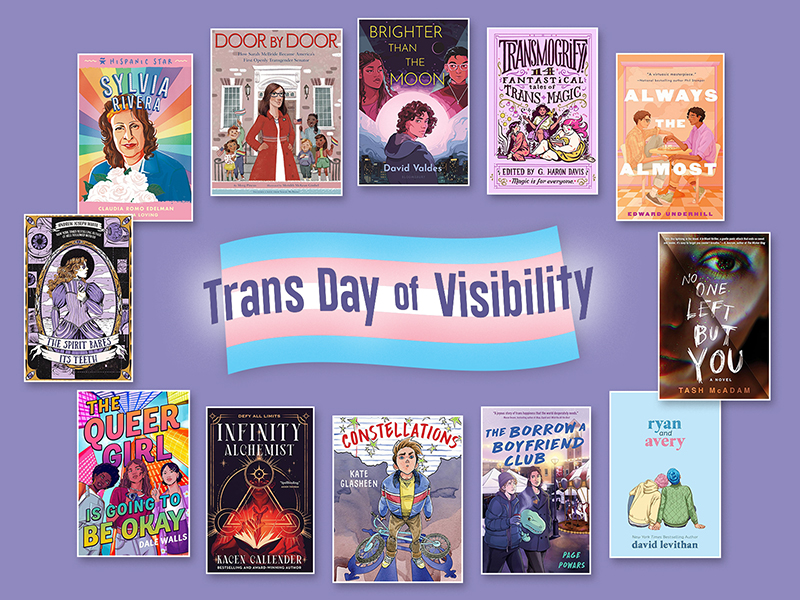
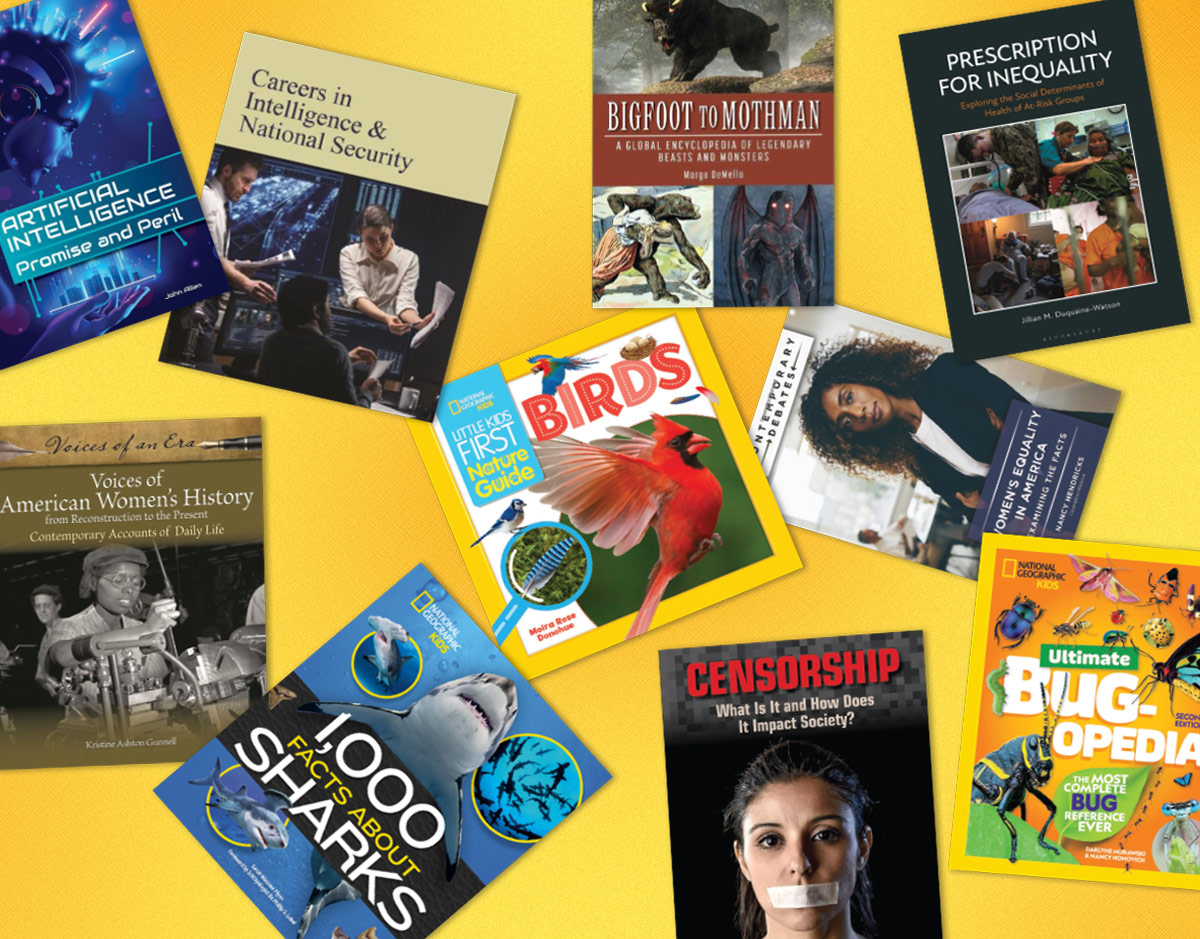
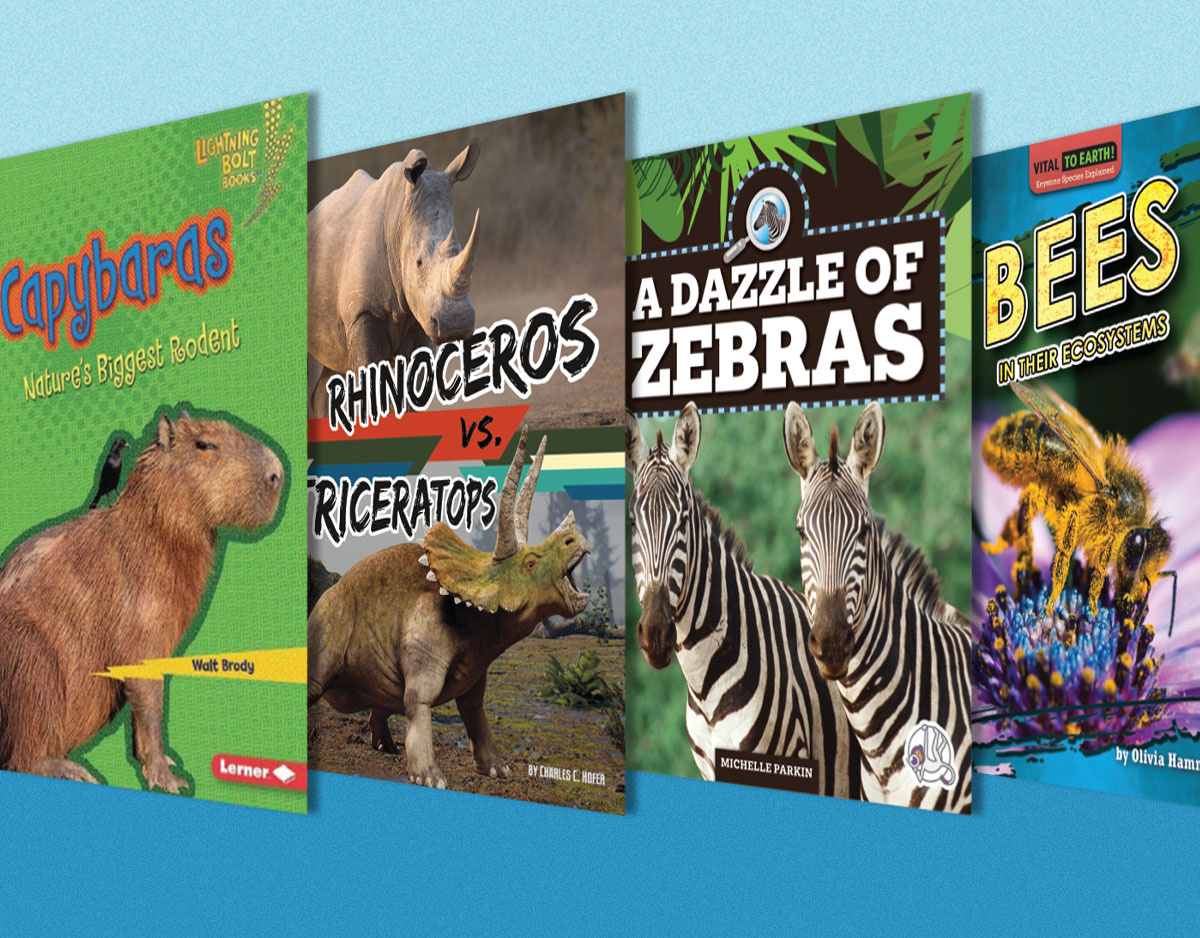
Another book to add is The day of the dead /El dia de los muertos by Ivar DaColl. Altough it is in Spanish it is a good complement to the other suggested titles
http://www.amazon.com/gp/product/193303243X?keywords=ivar%20da%20coll&qid=1457470205&ref_=sr_1_1&sr=8-1